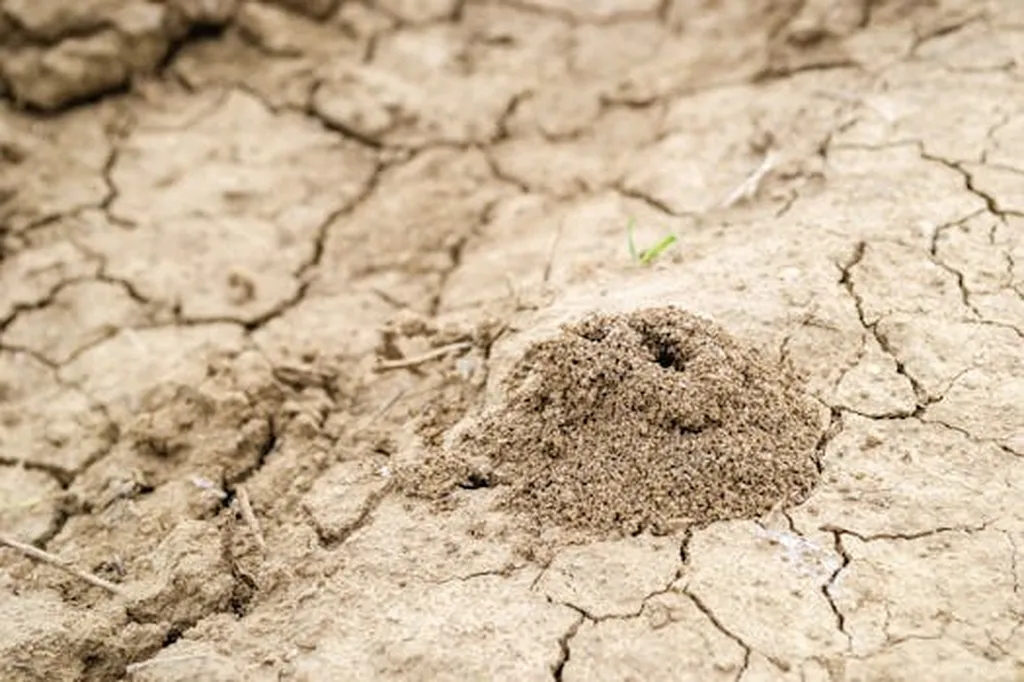In a groundbreaking development that could reshape the construction and energy sectors, researchers have discovered an innovative method to transform red mud, a notoriously difficult-to-manage industrial byproduct, into a valuable construction material while simultaneously sequestering carbon dioxide. The study, led by Dong Jun Kim of the Center of Water Environment & Carbon Assessment at Korea Conformity Laboratories, was recently published in the Journal of Korean Society of Environmental Engineers (대한환경공학회지).
Red mud, a byproduct of aluminum production, has long been an environmental challenge due to its high alkalinity and volume. Kim and his team explored the use of CO2 microbubbles to neutralize and carbonate red mud under ambient conditions, potentially offering a low-energy solution for both waste management and carbon sequestration.
The researchers found that by introducing CO2 microbubbles into red mud slurry, they could rapidly neutralize the material and induce mineral carbonation. “The pH of the red mud initially dropped sharply and then recovered to a buffering zone,” Kim explained. “This indicates that the CO2 microbubbles effectively neutralized the red mud while facilitating carbonation.”
The process not only neutralized the red mud but also enhanced its potential as a construction material. When used as a partial replacement for cement in mortar specimens, the carbonated red mud maintained adequate compressive strength for non-structural applications. “At a 5% substitution ratio, the compressive strength was sufficient for non-structural construction materials,” Kim noted. This finding opens up new possibilities for the construction industry to incorporate industrial byproducts into building materials, reducing waste and lowering carbon footprints.
The implications for the energy sector are equally significant. The study demonstrated that CO2 microbubbles enable rapid and efficient carbonation of red mud, offering a promising avenue for carbon sequestration. “Our process provides a low-energy, environmentally friendly pathway for simultaneous CO2 sequestration and red mud valorization,” Kim stated. This dual benefit could make the technology attractive for industries looking to reduce their carbon emissions while managing waste more effectively.
The research highlights the potential for innovative technologies to address multiple environmental challenges simultaneously. By transforming red mud into a valuable construction material and sequestering CO2 in the process, this method could contribute to a more sustainable future. As the world seeks solutions to reduce carbon emissions and manage industrial waste, such advancements are crucial for shaping the future of the energy and construction sectors.
This study not only offers a practical solution for red mud management but also underscores the importance of interdisciplinary research in driving sustainable development. As industries strive to meet increasingly stringent environmental regulations, technologies like this could play a pivotal role in achieving carbon neutrality and circular economy goals. The findings published in the Journal of Korean Society of Environmental Engineers (대한환경공학회지) represent a significant step forward in the quest for sustainable and innovative environmental solutions.

